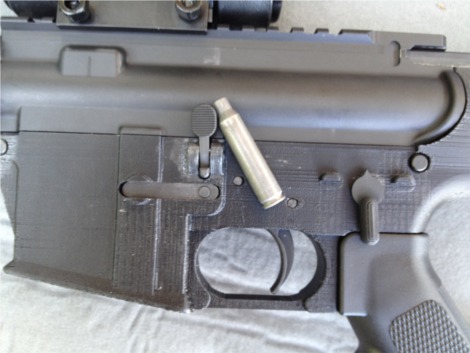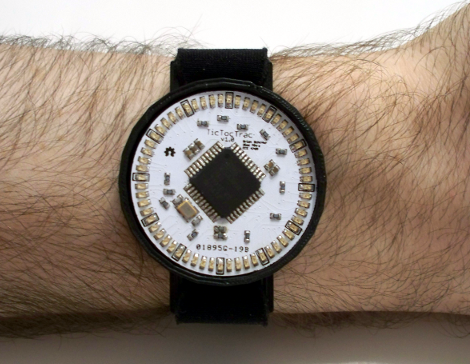
Ar15.com user [HaveBlue] has been working for some time on a 3D printed lower receiver, and now reports that the parts are fully working. Using a Stratasys 3D printer from the 90’s [HaveBlue] managed to spin out a modified version of an already available model from cncguns.com. He strengthened the holes for the takedown lugs, which hold the upper and lower halves of the rifle together. Strengthened the bolt hold lugs, which when the magazine is empty lifts a lever assembly that catches the bolt as it springs back to push another round into the chamber. and added an integral trigger guard AKA the bar that surrounds the trigger.
Legally this print is a veritable gauntlet of state and federal regulations. At least in the US. The lower receiver is the part of the rifle that holds the spring and pins that operate the rifle’s trigger safety and hammer assembly, hold the magazine in place, and mount the buttstock/return spring tube. The other key point about the lower receiver is that it contains the primary traceable identification markings, the serial number. All of the parts that are contained within the lower receiver can be ordered online (this varies state to state). In fact, every single other part of the rifle can be bought and sold freely. The only component of the rifle that can not be ordered online, and requires a background check at a gun store, is the body of the lower receiver (we have to keep saying that this varies state to state). Typically laws allow though for the manufacture of this part without a serial number so long as it is never sold to another individual (again, state laws vary widely).
There is some more info on the build at [HaveBlue]’s website here and here, but it is currently down. This sort of steps up 3D printing past the nerf gun stage, but we have seen shot gun and pistol hacks.












